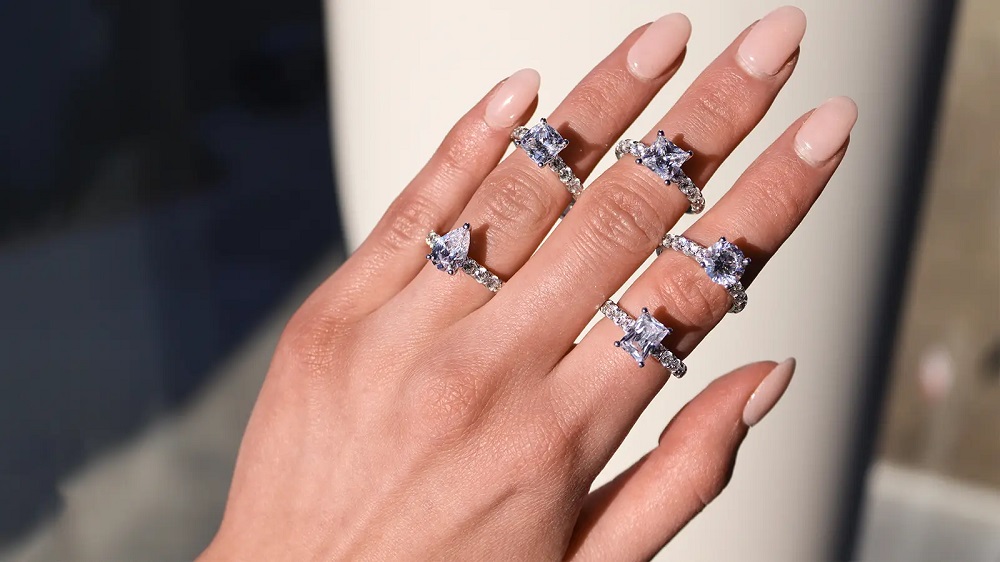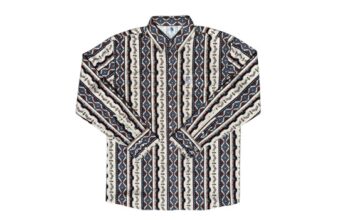The engagement ring has become a cherished symbol of love and commitment, representing a promise between partners as they embark on their journey toward marriage. This iconic piece of jewelry has a rich history that dates back thousands of years, evolving through various cultures and societal norms. Understanding the history of the engagement ring provides insight into how this tradition came to hold such significance in modern times.
The origins of the engagement ring can be traced back to ancient Egypt around 3,000 BCE. Egyptians believed that the circle of the ring symbolized eternity, making it a fitting representation for love and commitment. They often crafted rings from reeds or braided hemp, which were given to brides as a symbol of their betrothal. This early practice laid the groundwork for the future evolution of the engagement ring.
As civilizations progressed, so did the design and significance of the engagement ring. The ancient Romans are credited with popularizing the tradition further, with men presenting iron rings to their fiancées as a sign of their intention to marry. Iron was a durable material, representing strength, while the ring itself signified a binding contract. This Roman custom influenced many cultures that followed, embedding the concept of the engagement ring deeper into societal practices.
During the Middle Ages, the tradition of the engagement ring took on new dimensions. The Church began to endorse the idea of formal engagements, which often included the exchange of rings. Gold became the metal of choice, symbolizing wealth and durability. Gemstones were also introduced during this period, with diamonds emerging as the ultimate symbol of love and commitment. This shift was significantly influenced by the belief that diamonds possessed magical properties, providing protection and ensuring fidelity.
The modern engagement ring, as we know it today, began to take shape in the 19th century. The discovery of diamonds in South Africa in the late 1800s led to an increase in availability and a subsequent surge in popularity. It was during this time that the iconic diamond engagement ring was solidified in the cultural consciousness. In 1947, De Beers launched its famous advertising campaign, coining the phrase “A diamond is forever,” which cemented the diamond’s status as the quintessential stone for engagement rings.
Throughout the 20th century, the design of engagement rings evolved significantly, reflecting changes in fashion and societal values. From the vintage styles of the early 1900s to the Art Deco movement’s geometric designs, each era left its mark on engagement ring aesthetics. Today, contemporary engagement rings come in a myriad of styles, shapes, and materials, catering to a diverse range of tastes and preferences.
In recent years, there has been a growing trend toward personalized and ethically sourced engagement rings. Many couples now seek unique designs that reflect their individual stories, often incorporating alternative gemstones or vintage pieces. Additionally, the demand for sustainable and ethically sourced diamonds has led to increased awareness and responsibility within the jewelry industry.
In conclusion, the history of the engagement ring is a fascinating journey that spans centuries and cultures. From its ancient beginnings in Egypt to its modern-day significance, the engagement ring has transformed into a powerful emblem of love and commitment. As couples continue to exchange these cherished symbols, the engagement ring remains an enduring testament to the timeless tradition of proposing marriage, symbolizing the promise of a shared future together.




